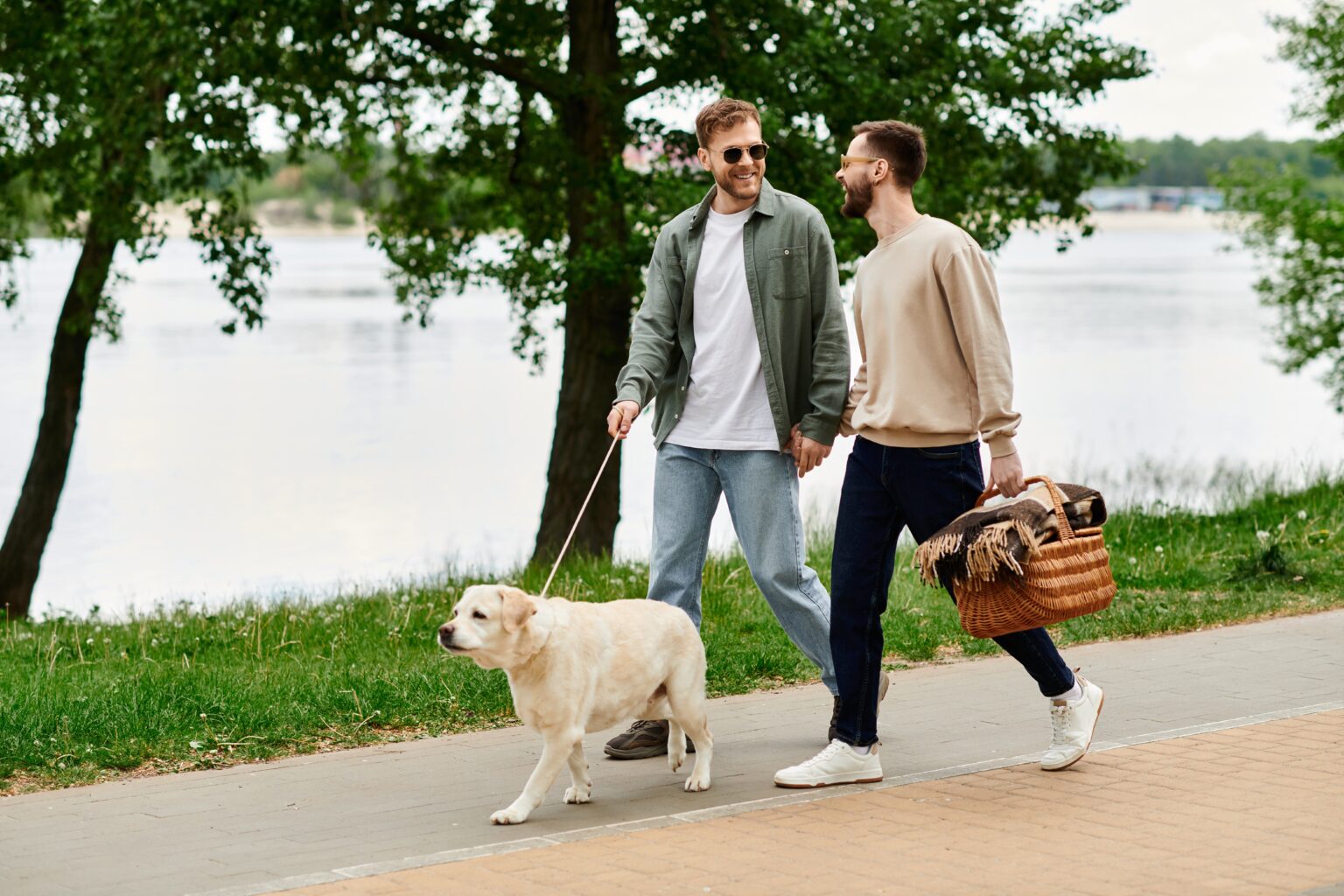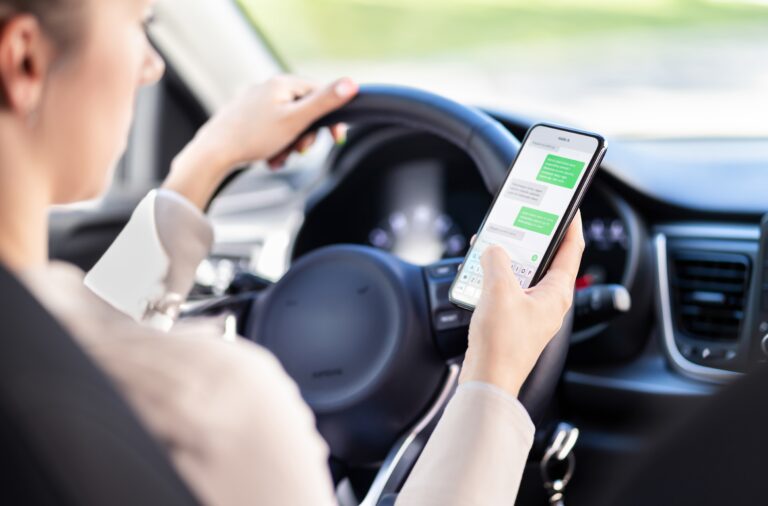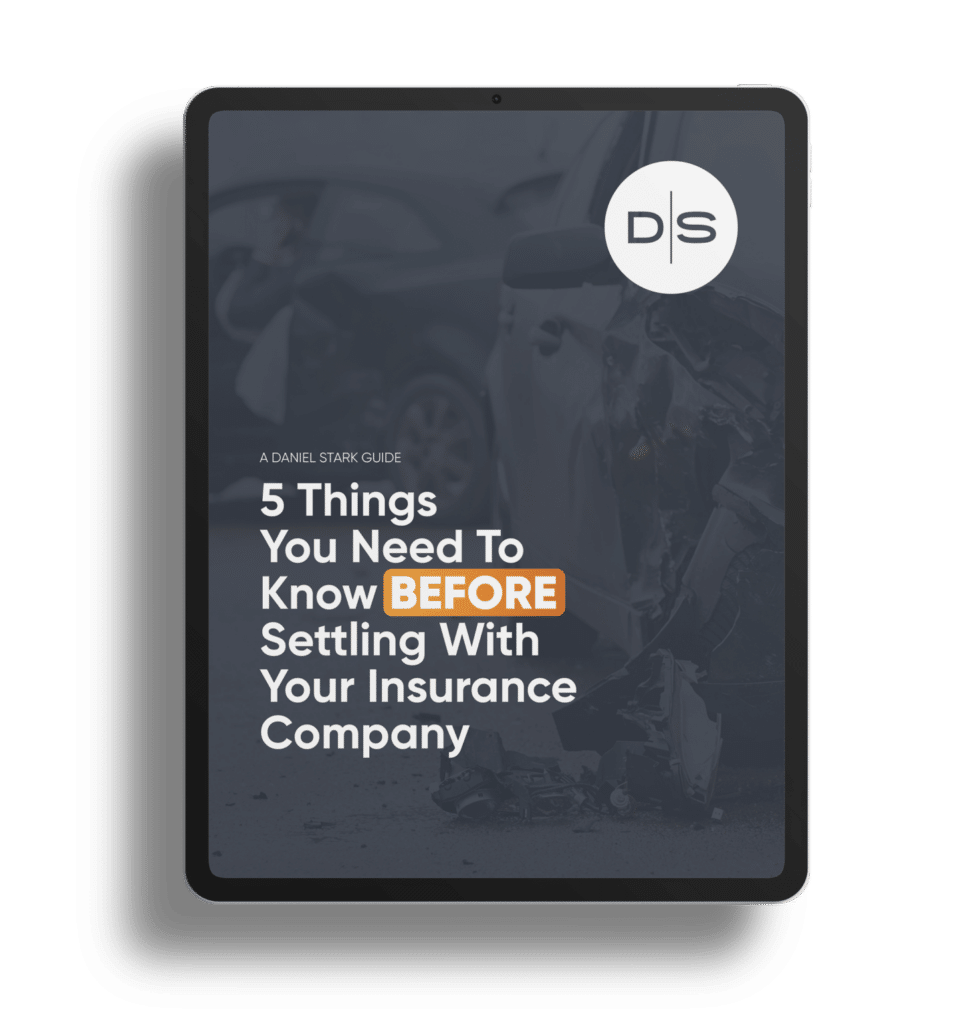As dog owners in Austin, Texas, one of our favorite times of the day is taking our furry friends out for a walk. These walks with your dog should be a time to wind down, relax, and enjoy the day.
However, walking with your dog can increase your chance of injury. Here are tips to keep you and your dog safe while walking.
Choose the Right Leash
While walking, you should always restrain your dog with a leash. Choosing the right leash and collar is the first step to a safe walk. A sturdy leash and a well-fitted collar can prevent your dog from suddenly darting into traffic or pulling too hard, which could cause you to trip and fall.
Try getting a non-retractable leash that is four to six feet in length. Retractable leashes allow the owner to shorten or extend the leash length, but the sudden jerk of a retractable leash has proven to be dangerous for both the dog and owner.
In many instances with a retractable leash, dogs’ necks have been broken, and owners have been yanked off their feet and drug, resulting in road rash and broken bones. A shorter, non-retractable leash will allow for better control so you can keep yourself and your dog safe.
Use the leash appropriately and avoid wrapping the leash around your hand. If your dog takes off, this could result in broken bones in your hands and fingers. Check your dog’s leash and collar frequently to make sure the collar is secure, the leash is functioning, and both are in good shape.
Stay Alert
Always stay alert while walking your dog. It’s common for walkers to listen to music or their favorite podcasts while enjoying a walk, but be sure to keep the volume down so you can hear potential hazards around you like bicycle tires, car horns, and other barking dogs.
Make sure to stay aware of your surroundings and look both ways before crossing the street. Other walkers, cyclists, and drivers may not be as careful as you, so you should keep an eye out for potential dangers to prevent injuries to you and your dog.
Walk Safe Routes
Take a drive to scope out potential walking routes in your area. Stick to pathways with sidewalks or other areas designated for pedestrians. Try to avoid heavy traffic. If you cross a busy street, keep your dog close, stay in the crosswalk, and follow traffic rules.
Plan your walk during the day or stay in well-lit areas as much as possible. Well-lit paths reduce the risk of tripping over hazards in walkways and make it easier for both pedestrians and drivers to see each other.
Use Reflective Gear
If you plan to take an evening or early morning walk, you may want to dress yourself and your dog in reflective gear. It can be difficult for drivers to see humans in the dark, so our smaller four-legged friends are even more at risk.
Dressing yourself and your dog in reflective gear will allow drivers to see the two of you in low-lit areas, minimizing the risk of potential accidents.
Remember, prevention is your best defense. By following the tips outlined above, you can ensure safer walks for you and your pet.
If you have been injured in an accident, contact a qualified personal injury attorney to get your life back on track.










